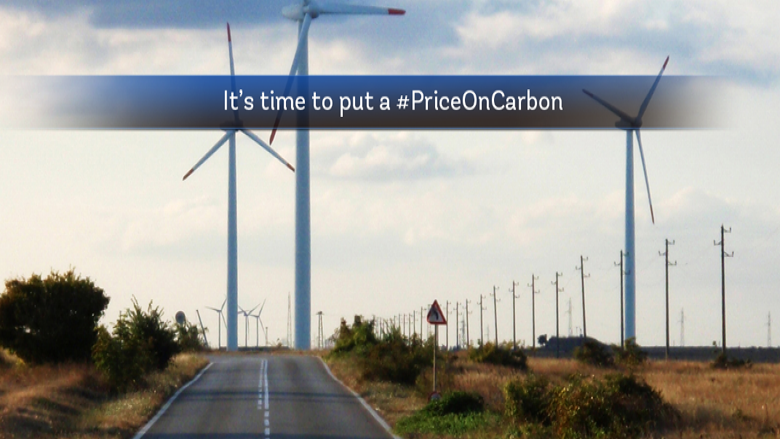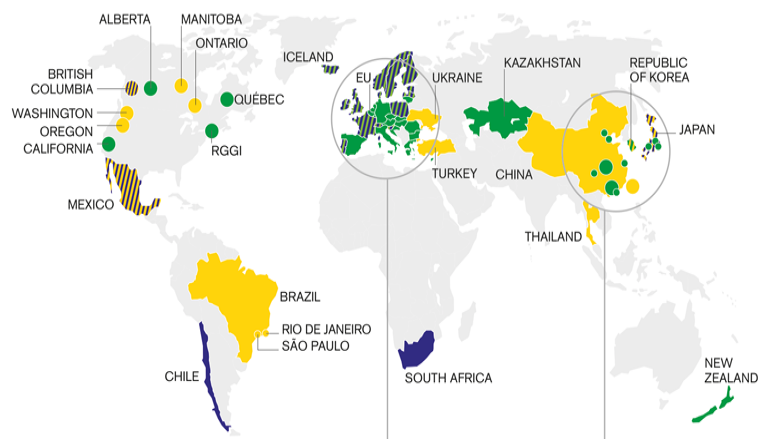World leaders will be in Paris today for the official opening of COP 21 - the United Nations Conference on Climate Change—to lay out their plans to tackle climate change and cut greenhouse gas emissions.
Later in the day, a group of leaders and World Bank Group President Jim Yong Kim will call on countries and companies around the world to put a price on carbon pollution as a means of cutting emissions and driving investment in cleaner, greener growth.
The leaders see carbon pricing as providing a triple dividend: It’s good for the environment and people; it raises revenue efficiently, making it possible to reduce more distortionary taxes; and it drives private sector innovation and critically needed investments in clean and low-emission technologies.
To bolster the case for action, the World Bank Group and partners are also formally launching the Carbon Pricing Leadership Coalition at the Paris climate talks. The grouping of government, business and civil society leaders was created last year after the U.N. Climate Summit. The coalition seeks to expand the use of effective carbon pricing policies that can maintain competitiveness, create jobs, encourage innovation, and achieve meaningful emissions reductions.
Today, some 40 governments and 23 cities, states and regions are putting a price on carbon and cover about 12% of annual global greenhouse gas emissions. This coverage represents a three-fold increase over the past decade, and growth continues.
Earlier this year, South Korea launched an ambitious carbon market including 500 facilities in more than 20 sectors. China — the world’s biggest polluter — recently announced plans for a national emissions trading program starting in 2017.
Meanwhile, more than 400 companies around the world report using a voluntary, internal price on carbon in their business plans.
Further evidence of momentum for carbon pricing comes from national plans, known as the Intended Nationally Determined Contributions (INDC), submitted by countries for the Paris talks. More than 90 INDCs include proposals for emissions trading, carbon taxes, and other pricing mechanisms as part of a wide range of action plans by governments to address their particular challenges.



